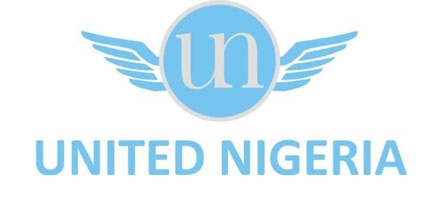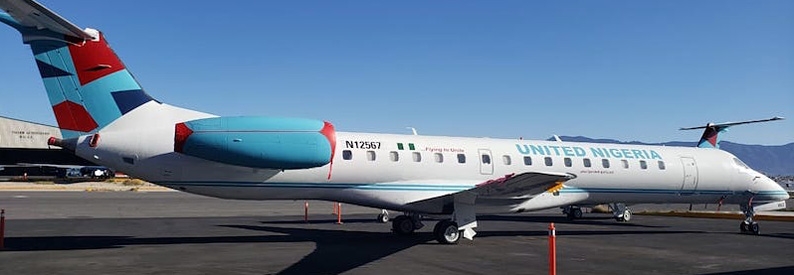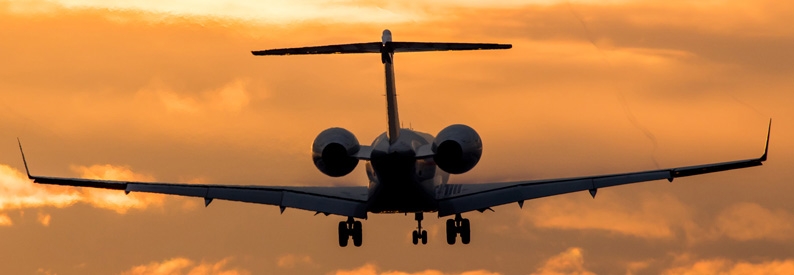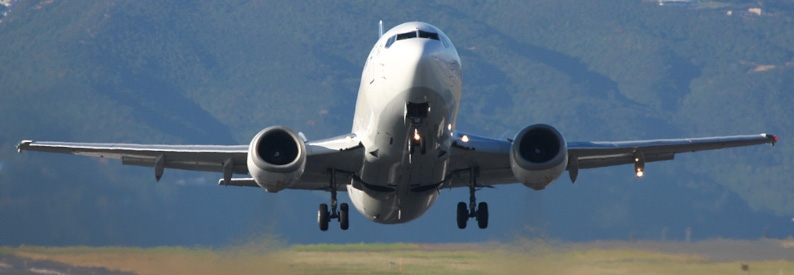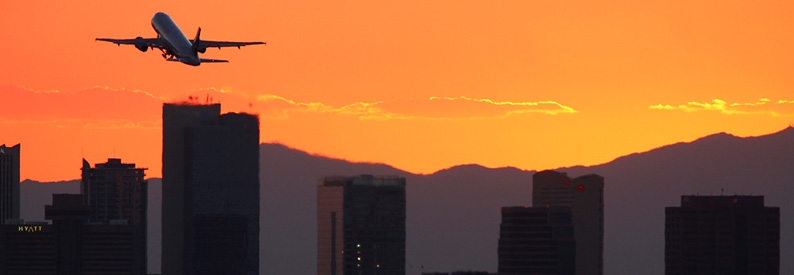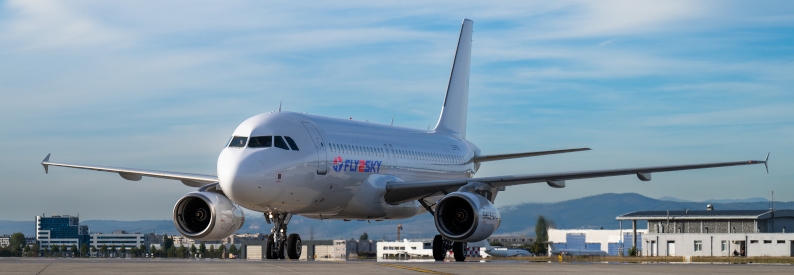United Nigeria Airlines (UN, Enugu) plans to consolidate its domestic operations with two more EMB-145LRs and bigger gauge aircraft and aims to set up its own Maintenance Repair Overhaul (MRO) facility.
This was the word from Chairman Obiora Okonkwo when he addressed a press conference in Lagos on April 14, 2021. The airline, which commenced domestic operations from Lagos on February 12, 2021, at present, owns a fleet of four E145LRs formerly operated by ExpressJet Airlines (Atlanta Hartsfield Jackson), according to the ch-aviation Commercial Aviation Aircraft Data module.
Okonkwo said the E145LR was right-sized for the market in terms of operational cost efficiency but limited in terms of overhead stowage, which meant the airline would need to up-gauge in the future.
“The ERJ145 is a good, fuel-efficient aircraft, and we are negotiating and finalising an additional two Embraer and by then we would have consolidated on certain routes, and we would have consolidated on certain passenger loads, and then we plan to probably consider a large body aircraft. As you may know, the ERJ may have all its advantages, but it also has its own little bit of disadvantage in terms of (overhead) luggage and all that. A typical Nigerian will want to travel with a lot of things, and so the challenges are there. We would want to do something to accommodate that shortly and very soon. So far, we are getting around those challenges.”
Since commencing operations, the airline has airlifted 25,000 passengers, averaging 3,200 passengers weekly, he added.
Okonkwo also disclosed the company was negotiating with the Federal Airports Authority of Nigeria (FAAN) to acquire land for its own MRO facility in Enugu, a process that was now two months behind schedule because of bureaucratic delays. The airline was already in touch with technical partners, he said. Within two years, it aims to perform its own heavy maintenance (C-Checks) and also service other airlines in West Africa.
He said the MRO facility was projected to save 40% in maintenance costs, cutting out the cost of ferrying aircraft overseas for heavy maintenance, and saving on allowances for flight crew, on hangarage, and the cost of delayed returns due to backed-up maintenance schedules.
